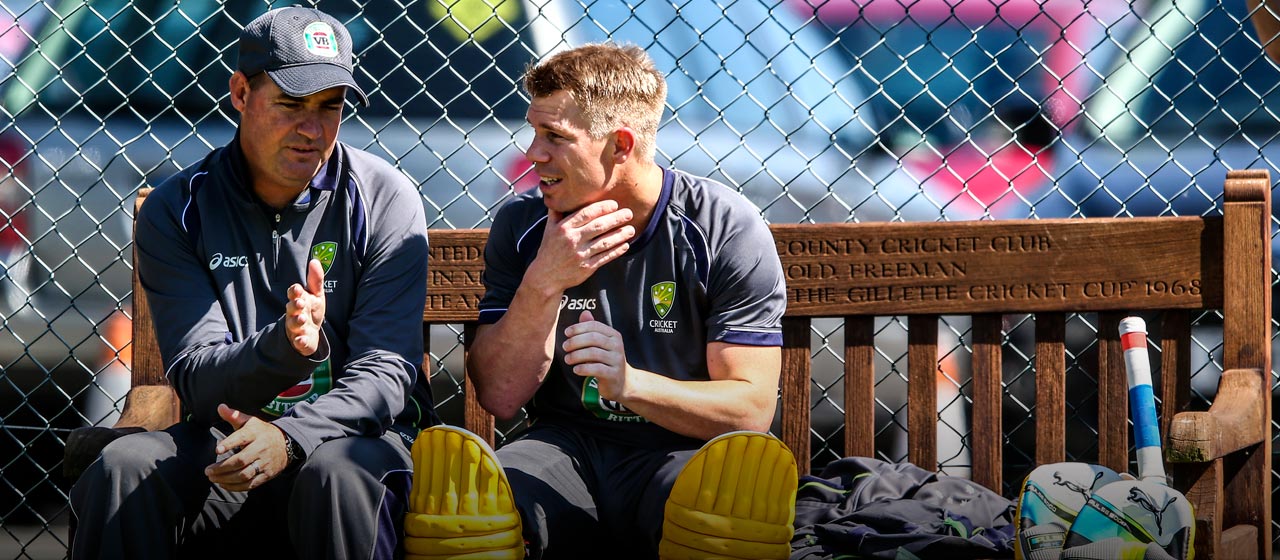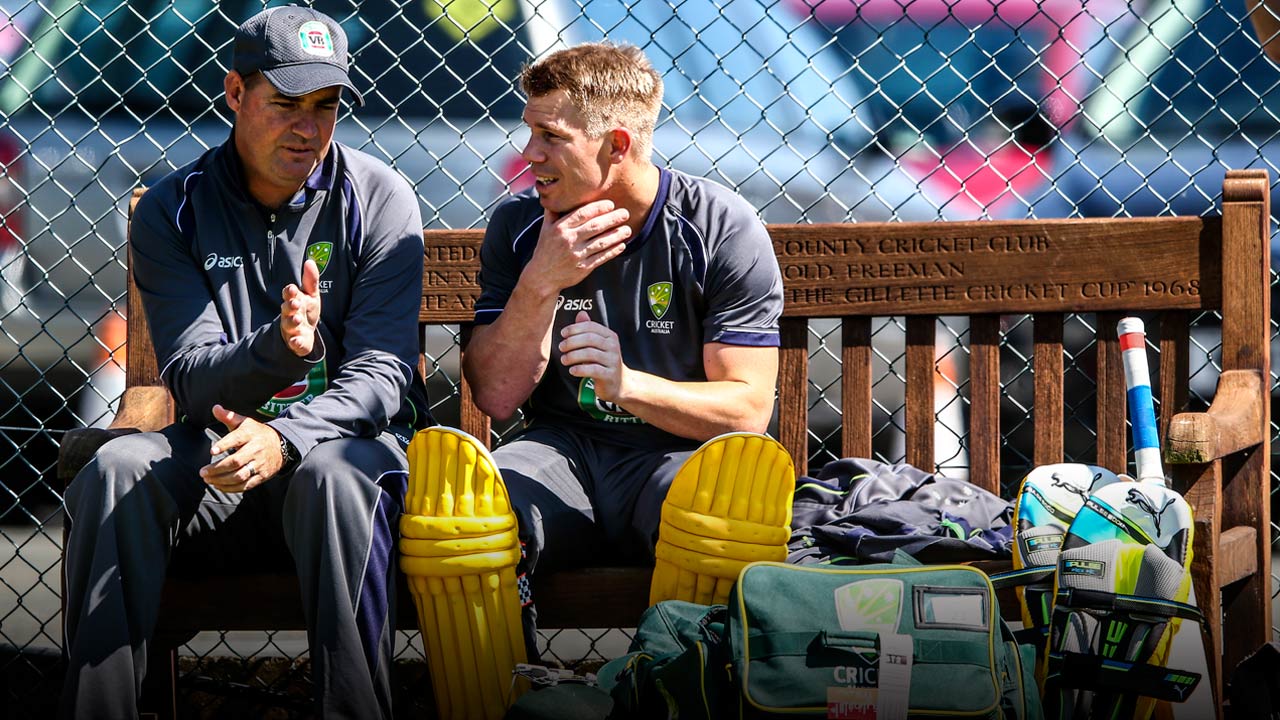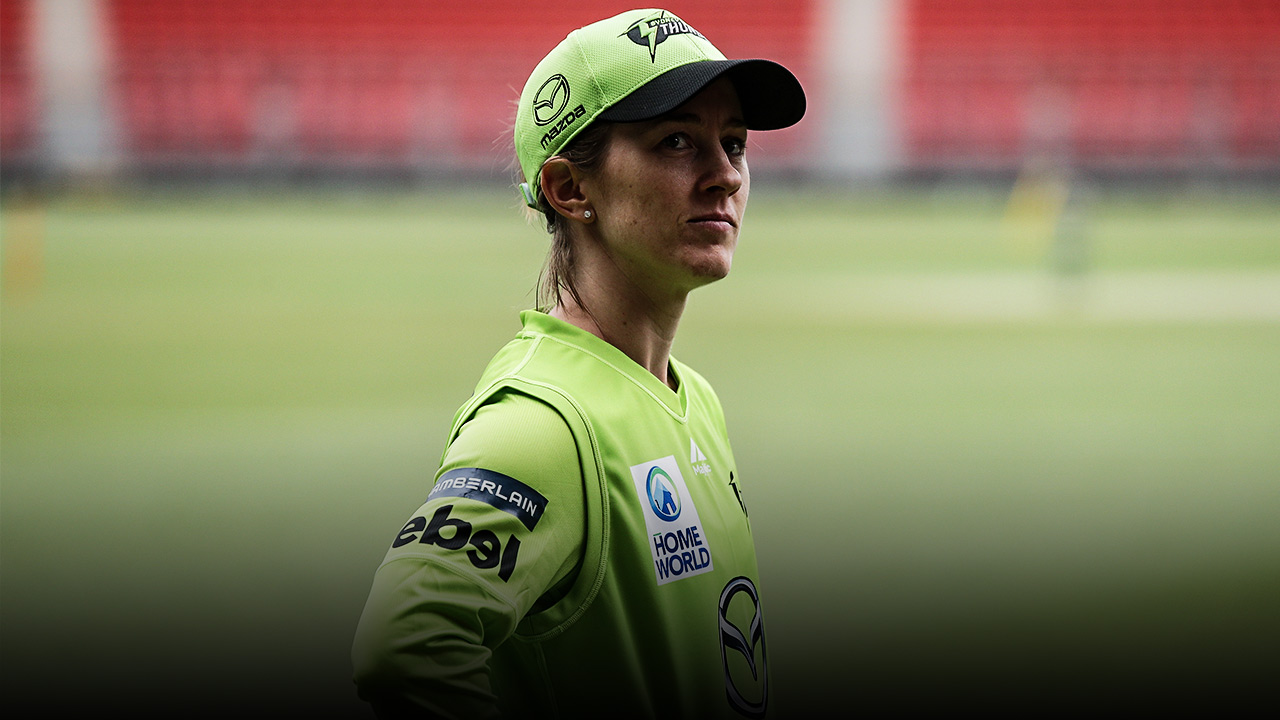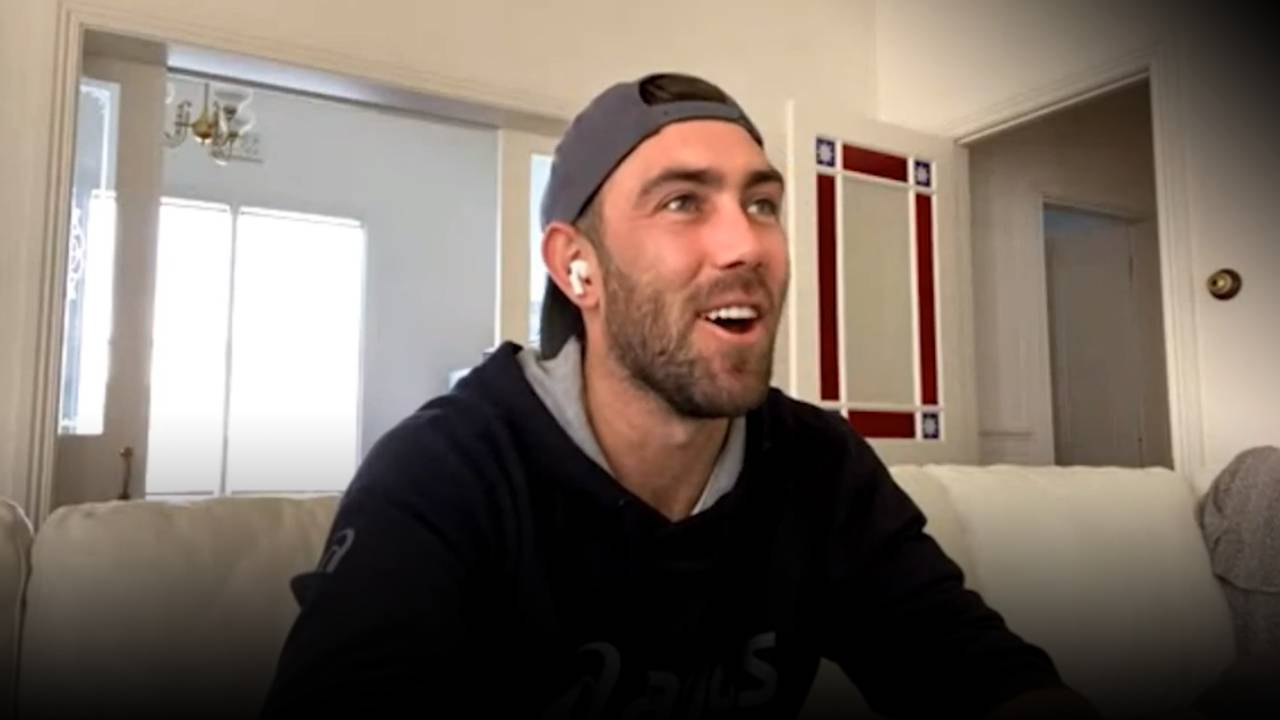Cricket
The truth about Aussie cricket culture
Unfortunately, it was always going to end like this.
Despite generational change, independent reviews and too many behavioural spotfires to list, Cricket Australia and the national team had demonstrated no real willingness or desire to improve the culture within their organisation from season to season.
That could lead to only one conclusion.
An explosion.
A deterioration of standards that would culminate in an incident so bad, so ugly, that it would shame the leaders of the organisation into taking drastic action to change the culture, or risk alienating fans, sponsors, broadcasters and other stakeholders.
It gives me no pleasure to say this. Indeed, for the period between 2011 and 2013 it was my job, as national team coach, to make the very changes I just mentioned were needed.
That I wasn’t able to advance that cause disappoints me. I am not for a moment saying I was blameless. There are decisions I would change if I had my time again. But there were other factors at play, factors that have long been associated with Australian cricket.
Factors that came to a head at Newlands.
THE PROBLEM WITH ‘THE LINE’
This is a sad day for the three players involved but, in many ways, it might ultimately be seen as a positive day for the Australian team and cricket generally.
It couldn’t keep going the way it had been.
I have been bitterly disappointed watching the Australian cricket team over the last few years. The behaviour has been boorish and arrogant. The way they’ve gone about their business hasn’t been good, and it hasn’t been good for a while.
I know what my Pakistani players were confronted with in Australia two summers ago. I heard some of the things said to the English players during the Ashes. It was scandalous. And I have seen many incidents like Nathan Lyon throwing the ball at AB de Villiers in this series.
There has been no need for the Australians to play this way.
They are wonderful cricketers. They haven’t needed to stoop to the depths they have to get results. They’re good enough to win cricket games with their skills and talents without being abusive and threatening their opposition.

It has reflected poorly on them and served only to injure the spirit of cricket and bring down the tone of this great game.
And I’ve hated this talk about ‘the line’. What is the line? Who sets it? Who dictates how it is enforced? It is totally different culture-to-culture, yet the Australians believe they’re the ones who should be setting it? That it’s OK to intimidate a person from another country, another culture during the day and be buddies with him afterwards? Nonsense.
The Aussies have played the victim when they deem the other team has overstepped the mark. And when they’ve been in the ascendancy and behaved badly, everything is OK because they have determined as much.
The line, whatever it is, has to be determined by the ICC and the laws must be abided by. It’s not for Lyon to ‘headbutt’ against.
I see very little in the way of personal responsibility within the Australian team. Cameron Bancroft and Steve Smith admitted what they had done at a press conference, but they didn’t have much choice. They had been caught red-handed. And even then, they didn’t come completely clean. They said they had used an adhesive tape on the ball when Cricket Australia’s own investigation ruled that it had been sandpaper.
Every other Test playing nation feels Australia looks down at them and I say this as someone who has coached two of them. I don’t know if this attitude is because the Aussies get paid more money – some of them earn in a Test what many of my Pakistani players earn in a year – or because they think they’re better cricketers, or that they live in a beautiful country with great facilities.
Whatever it is, it’s regrettable.
I have been bitterly disappointed watching the Australian cricket team over the last few years. The behaviour has been boorish and arrogant.
There was an article today in one of the UK newspapers with a headline stating, ‘David Warner is the most hated man in the most hated team in the world’. Today, that is 100% right. It’s a real pity. There isn’t a lot of sympathy around the cricket world for the Australians right now.
I get the sense that the Australian team felt like it had become untouchable. It was going to take something massive to change that. Now that has happened.
Having worked with the Aussies, I know they are generally good guys. I had a really good relationship with Davey Warner. He was a real project for me as coach. I thought he was past all this bulldust. And Steve Smith eats, breathes and sleeps cricket. He was very proud to have been leading Australia. Losing the captaincy will be devastating for him.
But I think the sanctions imposed, tough as they are, are the right ones. Cricket Australia needed to make a stand. These guys were the leaders. They were responsible for what transpired.
So here we are. A cultural issue that should’ve been addressed a long time ago wasn’t. It has all gone bang. And Smith, Warner and Cam Bancroft have been punished for it.

THE LESSONS OF HOMEWORK-GATE
I had seen Australian cricket from the outside, as coach of South Africa, and the inside, as coach of Western Australia, before taking over from Tim Nielsen in 2011.
I was aware of the cultural issues within the national team.
Those early Australian teams we came up against with the Proteas were some of the greatest of all time. They strutted around because they were never going to lose. Then we started winning and they entered a transition period, but the sense of entitlement remained unchanged.
I was appointed as head coach off the back of Australia’s home Ashes defeat in 2010-11 and the Argus review that followed.
I was an outsider – the first non-Australian to coach the national team – and I was commissioned to come in and try to change the culture. Discipline had started to slip.
Ultimately, I wasn’t able to achieve that. I’m not exonerated of blame here. I could’ve handled things differently. The suspensions over ‘Homework-gate’ were probably excessive. I could’ve listened to more people. By the time I was sacked before the 2013 Ashes, it wasn’t working.
But there were other issues at play as well.
I’m Australian now, I’ve got my passport, but back then I wasn’t. I didn’t fit in. I hadn’t come through the Australian system and played 100 Tests. I wasn’t part of the old boys’ club.
I was told I didn’t understand the Australian way.
What I did understand was that successful teams are made up of very good individuals – good, solid characters – who pull in one direction and strive to attain the ultimate result together. You might have one or two difficult personalities, but you can manage those because the system doesn’t allow them to get away with too much.
Australia was different. The players, in many ways, were a law unto themselves. When I pushed hard on issues of culture, I was told by my superiors to back off. And when I softened my approach, I was told to go in harder.
I think the sanctions imposed, tough as they are, are the right ones. Cricket Australia needed to make a stand.
Parameters were never set and the goalposts kept moving. It was a challenging environment in which to try to reset the culture.
The warning signs were there from the start. Disrespect from the players towards support staff. Arriving late for team commitments. Moaning. It was always CA’s fault, or someone else’s. I used to say, ‘Guys, it’s time to look into the mirror. What you will see is not perfect. Consider that before you cast judgements on others.’
‘Homework-gate’ was an attempt at a line-in-the-sand moment.
The thing with ‘Homework-gate’ was that there was no homework. We had lost the second Test against India and all we wanted from our players were three sentences of self-assessment. ‘Coach, I need more spin bowlers in my nets,’ or, ‘Coach, I need to work on my sweep shot,’ or, ‘I need to work on my defence out of the rough.’
The purpose of sourcing this information was to structure our training sessions around what the players wanted to make sure they were in the best possible space for the third Test.
Four guys didn’t submit their answers. In hindsight, suspending them was probably too harsh. The punishment didn’t fit the crime. But, at that point in time, I was sick and tired at having to constantly harp on about our culture, attitude and professionalism.
I ran the risk as head coach of potentially losing four players, or losing the captain and my support staff, all of whom were unanimous in saying we needed to take a stand on this issue. Ultimately, I made the decision and, if I had my time again, I probably would have made a different one.
When you strip it all back, however, it was an attempt to reboot the team’s attitude and culture. ‘We’ll be right, we’ll rock up to nets and we’ll be fine. We’re the Australian cricket team.’ It was letting us down and it needed to change.
To me, the episode was a microcosm of a problem that remains with the Australian team to this day: the sense of entitlement among the players.

REPAIRING THE DAMAGE
The final straw for my coaching tenure with Australia was Davey Warner punching Joe Root at the Walkabout pub in Birmingham during the Champions Trophy.
I didn’t find out about the incident until two days after it happened, and only then because of a disagreement between two players in regards to our fines committee.
I won’t retell the story – it’s all been reported many times – other than to say I phoned James Sutherland the night I learned of what happened.
He castigated me for not knowing about it earlier. I was like, ‘How the hell am I supposed to know about it if no one tells me? I’m not hanging around the Walkabout at 1am’.
In frustration, I said something along the lines of, ‘Do you want me to carry on holding their hands or take action?’.
I was out of a job shortly after.
I wasn’t happy with how it was all handled at the time, but I am at peace with it now. James, Pat Howard and I still catch up from time-to-time.
Darren Lehmann was brought in to replace me. I’ve got a lot of admiration for Darren. I think he’s a damn fine coach. But the impression I got was, at a period in time where they could’ve been addressing the broader issue of team culture, Cricket Australia were instead intent on bringing in an Aussie knockabout for beers at the bar at 6pm, telling stories about yesteryear, everyone sitting around the campfire and having a laugh and going to bed happy.
It was going to be hard to make meaningful change in that environment.
I’ll admit that I was bitterly disappointed when I watched the ball tampering incident on television. Again, these guys are good blokes.
They’re not villains. That the culture within the team led them to believe this was an acceptable course of action is the great pity of this whole, sorry saga.
Every team I have coached has tried to get the ball to reverse swing. But they do it legally. I have been amazed in Pakistan at how skilful the players are in this regard. The difference between tampering the ball and shining the ball is huge. I have never seen any object on a cricket field being used to alter the condition. That’s taking it way too far.
The Aussies didn’t need to do this, but they did. It’s the result of an issue that had been festering away and should’ve been addressed a long time ago. It was always going to end this way. An incident like this had to happen for the necessary cultural shift to take place.
Australian cricket has been in an ivory tower for too long. They had to take decisive action. If they didn’t, things would inevitably return to the way they had been and another major incident would’ve been inevitable.
The job to repair the damage to the Australian cricket brand is underway.
By doing so, Cricket Australia might just improve the tone and standard of the way the game is played around the world.
More about: Australian cricket team | Ball tampering | Coaching | David Warner | Steve Smith






 Load More
Load More